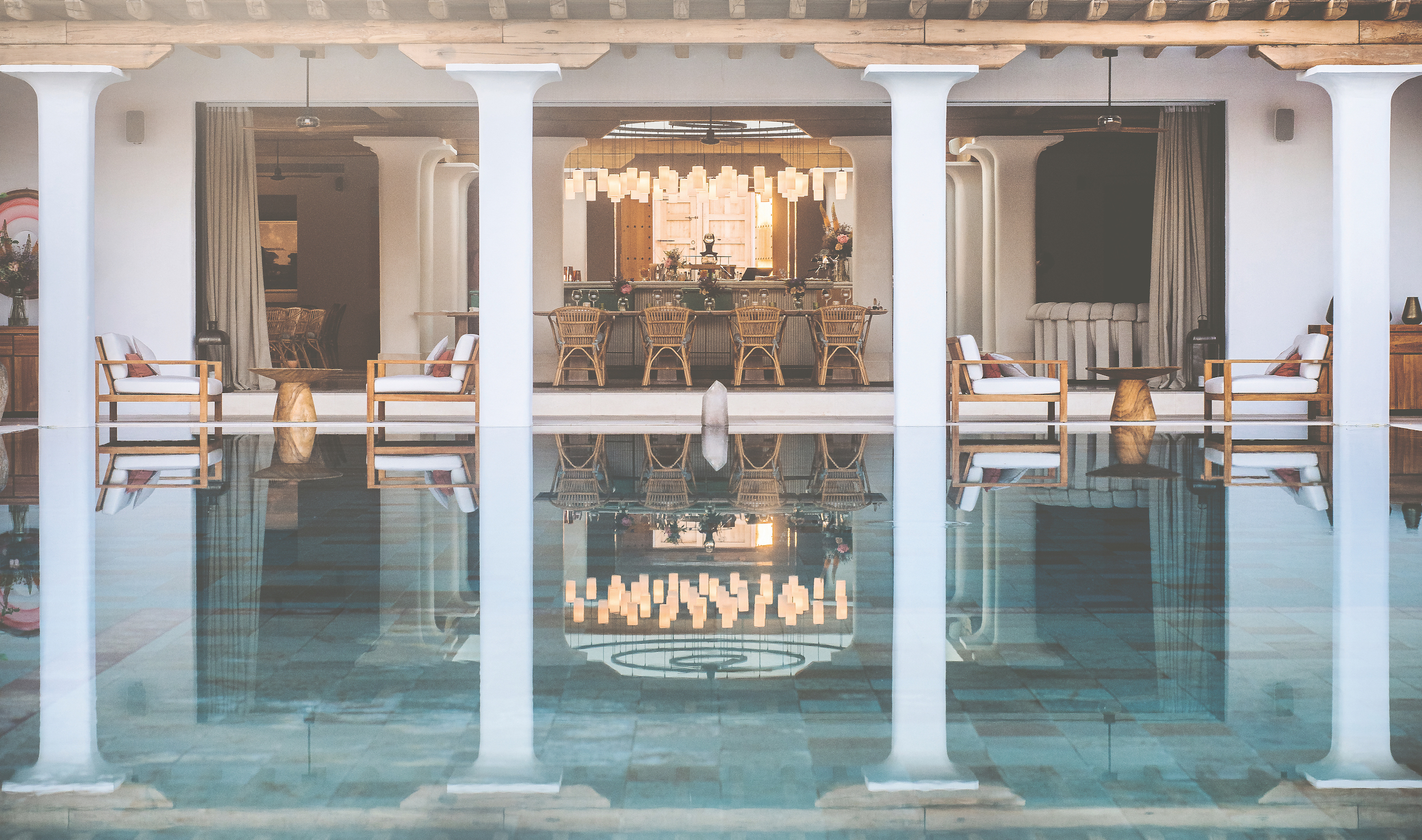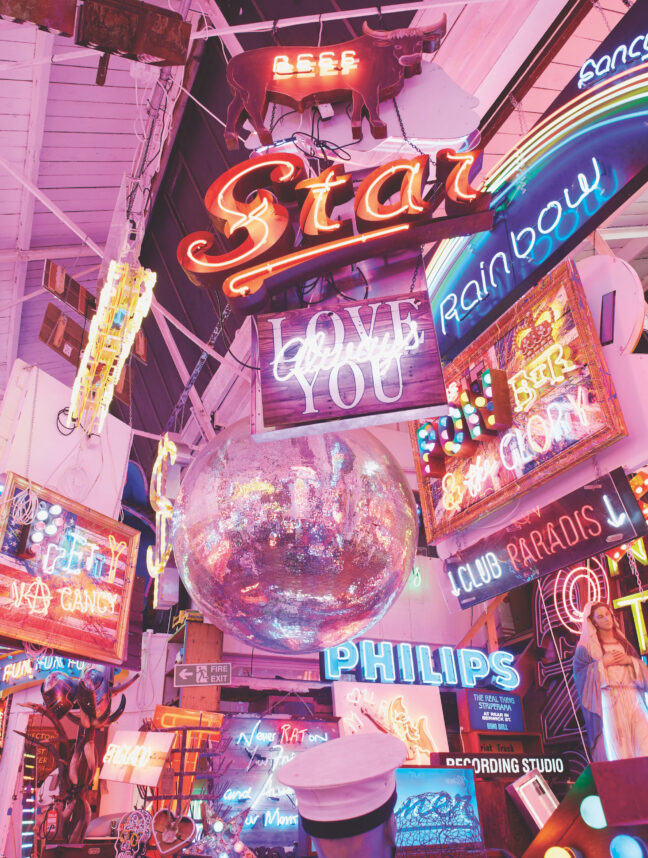Across art, crafts, design, fashion and architecture, Ibiza’s creative community has built a thriving economy, writes Clare Dowdy, co-author of a new book, Made In Ibiza
Mention Ibiza to most people, and they’ll picture hedonistic nightclubs and lovely beaches. But not everyone goes to Ibiza for an over-indulgent holiday. Scattered across the Balearic island are studios and workshops, where immigrants from mainland Spain, Italy, France, Argentina, Chile, Barbados and beyond have put down roots to ply their trades.
In 1956, Canadians Rolph and Mary Blakstad “sailed into Ibiza’s port en route to Mallorca,” the book Made In Ibiza relates. “The island’s charm persuaded them to drop anchor permanently.” Rolph’s architectural firm, Blakstad Design Consultants, is still going strong.
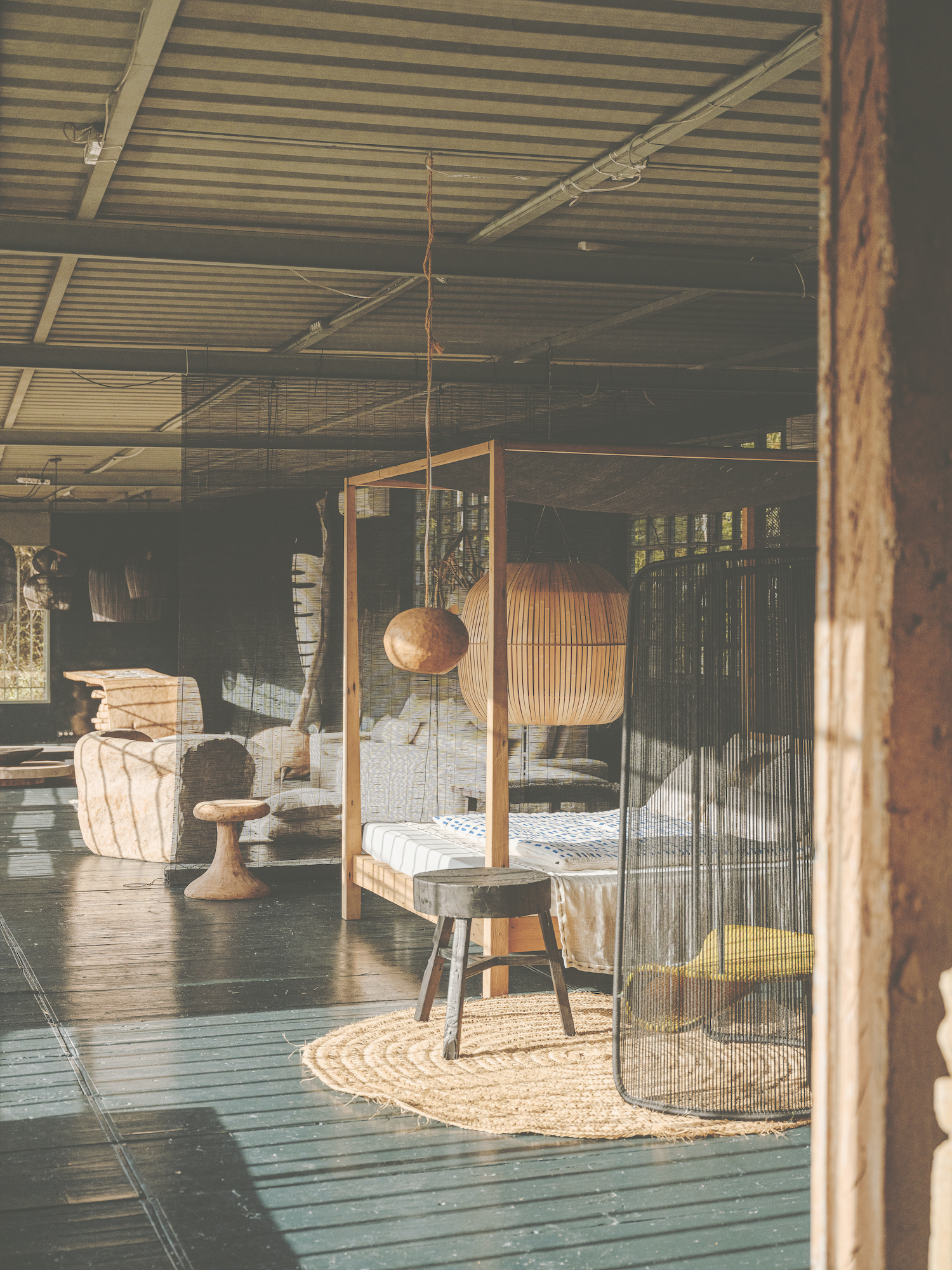
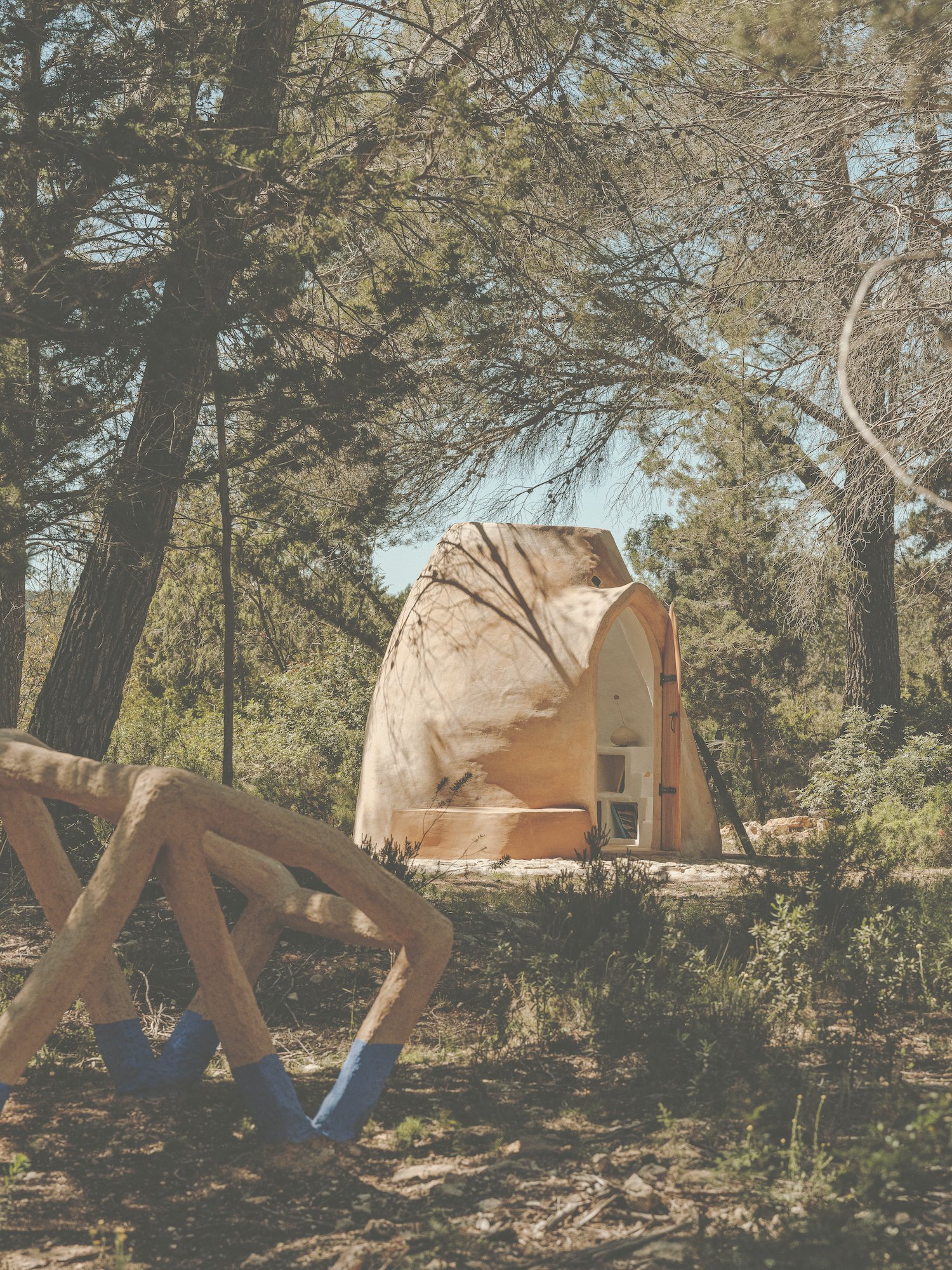
Marías Sejas Balda came from Argentina and set up her ceramics brand, María B; Indigo Architecture’s Italian founders Davide Chianese and Anna Tassini met in Ibiza; French carpenter Thierry Billaud arrived 1986; and Barbadian-born ceramicist Yvette Spowers came in 2012.
They are not the first visitors to put down roots there, as Liam Aldous explains in his introduction to Made In Ibiza: “Around the end of the seventh century BCE, the Phoenicians sent their illustrious fallen to be buried in the isle’s sacred ground.” They were followed by the ancient Greeks and Romans.
In the last century came Europe’s artistic vanguard, seeking refuge from the ravages of war. “Then the influx of free-loving hippies in the 1960s and ‘70s mutated into the hedonistic pleasure-seekers of the 1980s and ‘90s,” says Aldous. “Indeed, every time the world wobbles, a new wave of émigrés set their sights on Ibiza as an idyll of peace and protection.”

These more recent arrivals join home-grown artisans and creatives, such as architect Jordi Carreño, landscape designer Marcos Tur Witt, ceramicist Laura de Grinyo, and Sonia Ferrer of fashion brand Delbes Ibiza.
Together, these makers make Ibiza self-sufficient in, among other things, ceramics, sandals, joinery, cheese and salt. While these may not all be life’s essentials, they illustrate some of the island’s natural resources and the creativity it inspires.
The agave plant Patricia Monjo uses to make traditional woven sandals is common on the island; and at restoration firm Can Castello, Pura and José recreate Ibiza’s authentic doors and windows using antique timber.
Martin Davies points out in the book’s essay Ibiza’s Creative Roots that hippies have had a significant influence here. Their influx “introduced a different aesthetic, one based on crafts rather than art, and centred on communes and workshops in fincas in the countryside.”
Enter Dario and Valeria Bomé, who arrived in 1977 after an overland journey by car from their motherland Italy to India and Nepal. In Kathmandu, they were inspired by the quality of the handicrafts on sale, and dreamt of an alternative work – and lifestyle informed by those hippie ideals of beauty, freedom and love.
“We wanted to live on an island and we were looking for ‘our island’,” Dario says in the book. “Ibiza was very special for our generation; lots of our friends had told us about it. And with its proximity to nature and welcoming atmosphere, Ibiza had everything.”
A generation later, Merel Krielaart and Alok (who prefers not to use his surname) met one summer’s evening among the drummers and dancers of Beniras beach. This was the early 1990s, and they first set up home in a camper van. Dutch-born ex-model Merel and Barcelonan Alok, who had worked in real estate on the mainland, established their fashion company World Family Ibiza.
These businesses now provide goods and services for the deep-pocketed second-home owners as well as the regular tourists. Some of them – like Sumeria Creations – also have an export market.
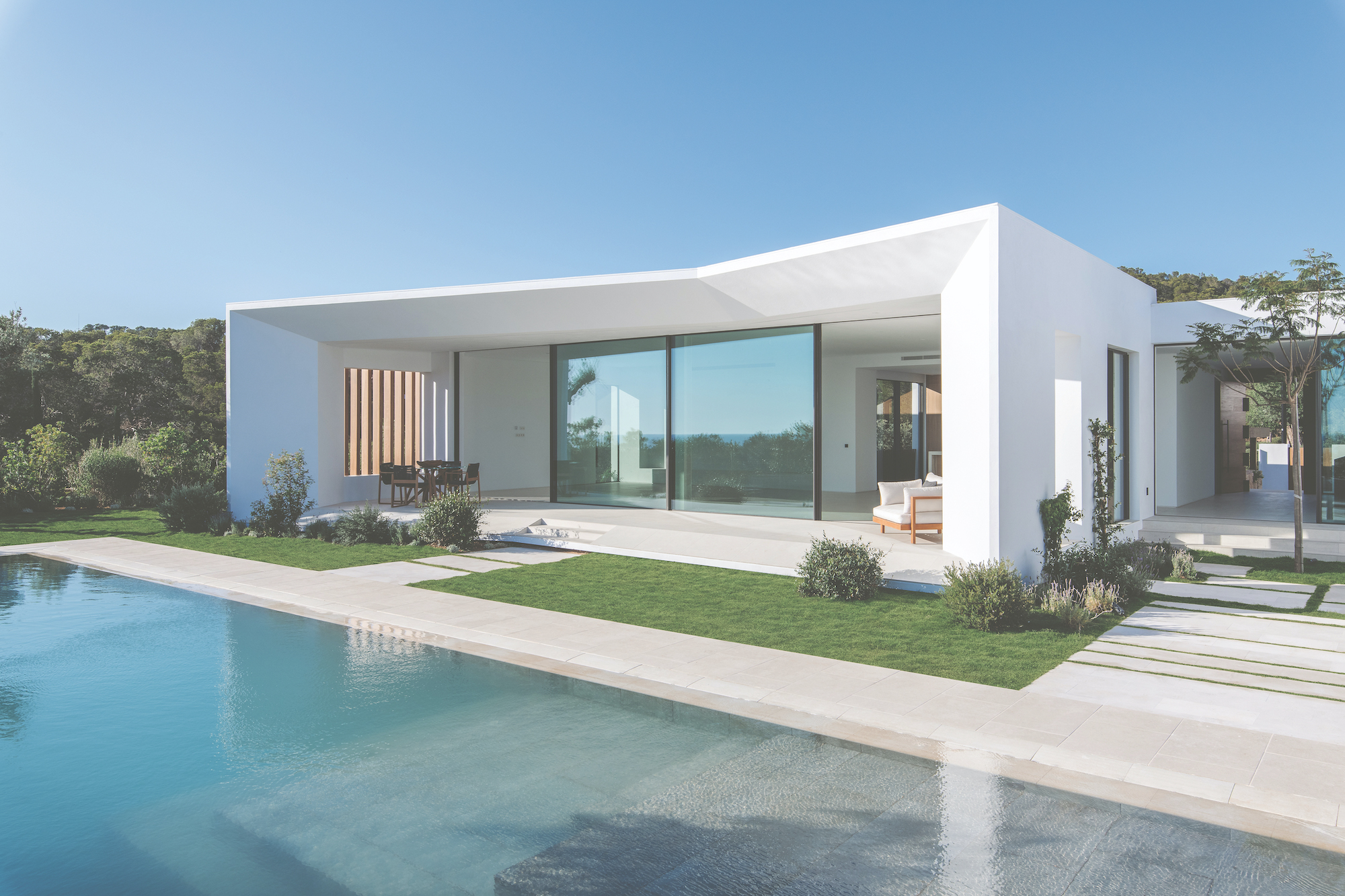
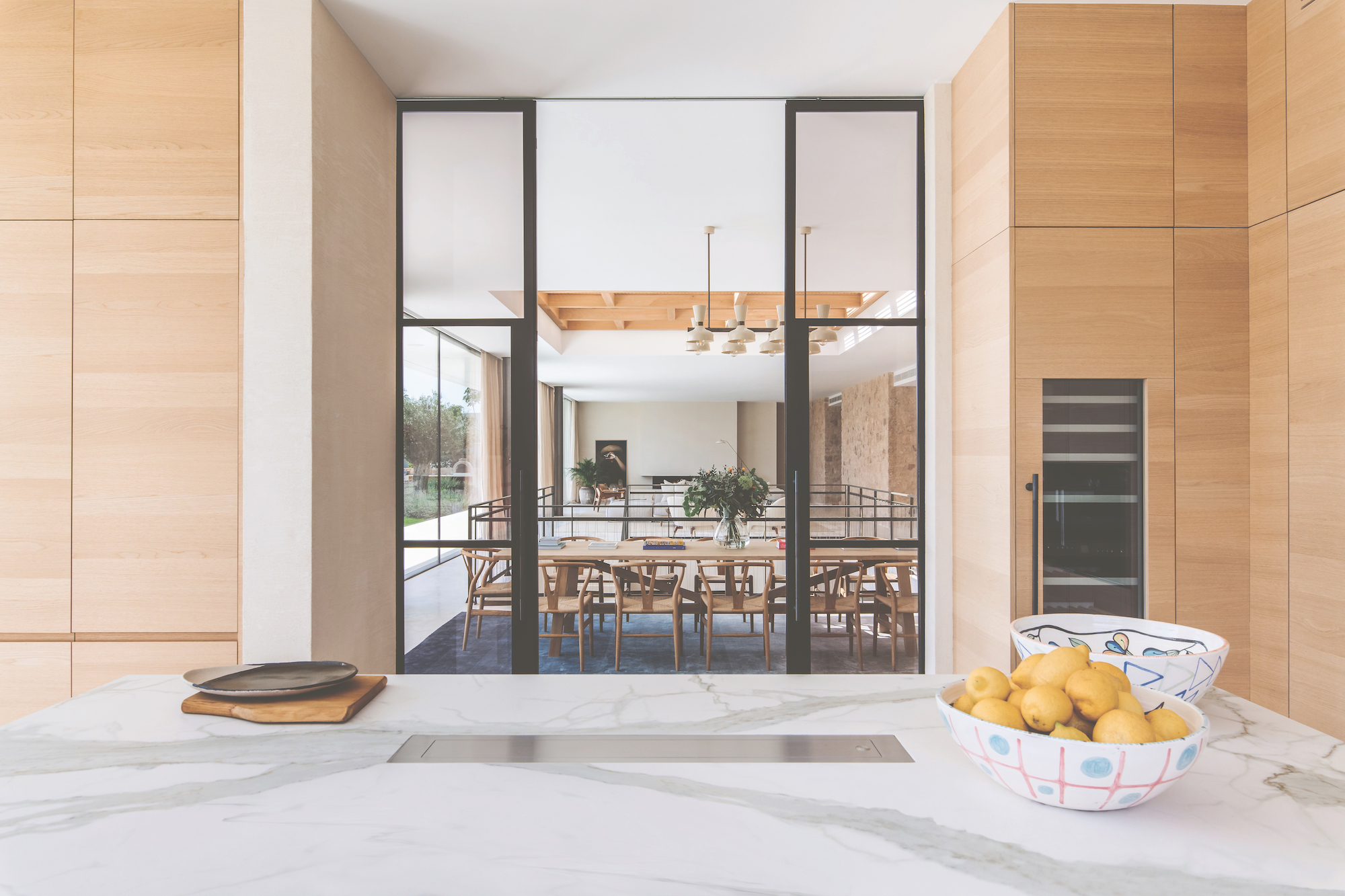
When Rabten van Oorschot arrived in Ibiza from the Netherlands at the age of 18, his first job was as a fire artist on Benirass beach. He eventually founded Sumeria Creations, designing stage sets for clubs and festivals, from Ibiza’s vibrant nightlife scene to many festivals around the world including Burning Man in America’s Nevada desert. And while the island’s commercial club scene is yet to fully recover since the Covid pandemic, private events for Ibiza’s wealthy residents are booming.
Working on or around these properties provides a rich seam for the island’s architects and designers. Can Castello is part of the movement to restore Ibiza’s historic houses; Indigo Architecture creates kitchens for private homes; Carpintería Thierry’s projects include decking for outdoor cinema for a private client.
Likewise, the landscape gardeners are also heavily involved. Madrileño Juan Masedo works with local architects including Jordi Carreño. Estudio Laterna created the garden at photographer Andreas Gursky’s Ibizan home, which was renovated by Swiss architectural giants, Herzog & de Meuron; Marcus Tur Witt reforested the private islet Sa Ferradura as part of the island villa’s revamp by local architect Jaime Romano; and as well as restoration work, Blakstad Design creates new homes, and designed the clubhouse of private villa estate, Sabina Ibiza, whose masterplan was done by Carreño.
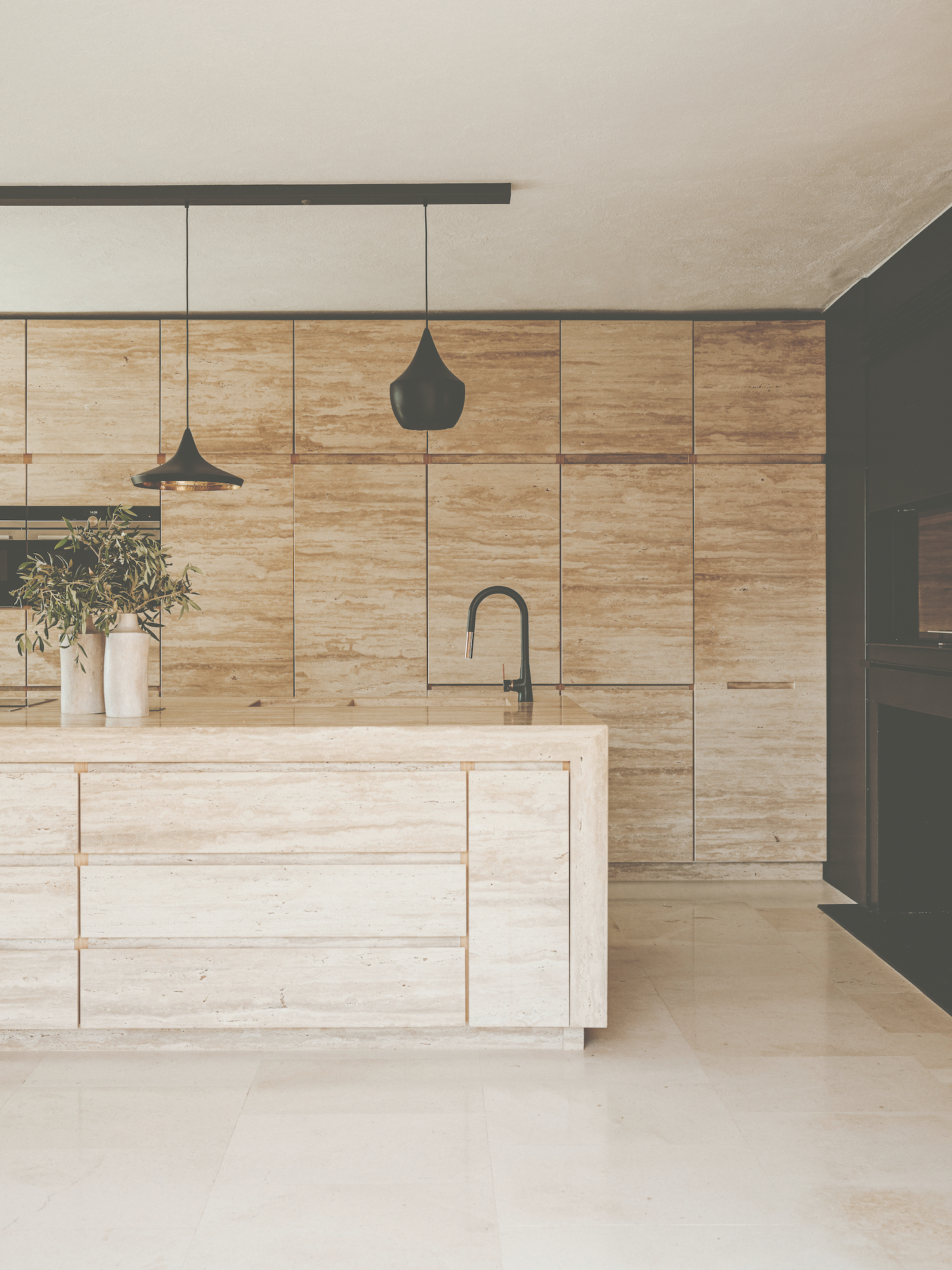
Ibiza has the twin delights of a laid-back lifestyle and beautiful scenery. “To have time and a simple life is possible in Ibiza,” says leather goods maker Dario Bomé in the book, “and this allows you to be creative.”
But the creative sector is tough, whatever the view. And in Ibiza, these makers also have to contend with the perennial challenges of “geographic isolation, a lack of industry and a scarcity of materials”, as Aldous writes in his introduction. “However, rather than constraining creativity, such friction fuels ingenuity and sharpens integrity,” Aldous says.
He adds: “From the utilitarian handiwork of craft to the utopian visions of art, in Ibiza it is the wish to create a life on one’s own terms that becomes the unifying thread.”
Made In Ibiza is published by Merrell in March (UK) and April (USA) 2024
Read more: Design | Furniture | Interiors | Makers | Dealers | Interior Designers | Books



